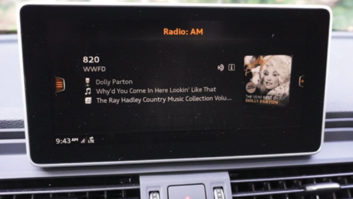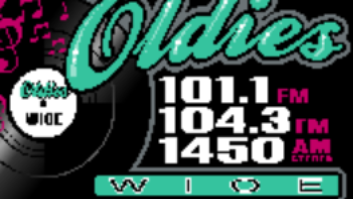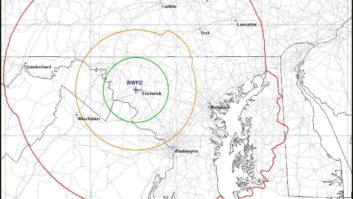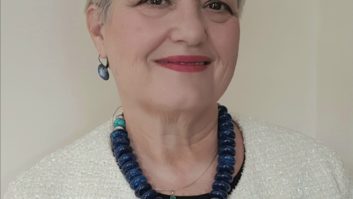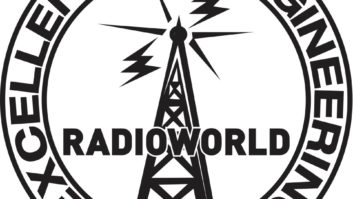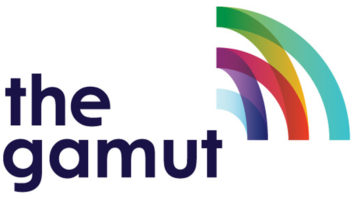
For years, we’ve heard from some HD Radio proponents that perceived ills of the AM band, like susceptibility to massive interference, could largely be solved if stations went all-digital on a wide-scale basis.
After all, the IBOC system always was envisioned as a transitional one, allowing the industry to operate “all-digitally” someday, rather than in hybrid mode, should it choose to do so and the FCC allow. But this question was seen as one for the distant future, given market realities; and many broadcasters have resisted talk about ever “turning off the analog.”
However, the matter of AM’s health and future is a current industry debate topic. Against that background, members of the NAB Radio Technology Committee now want to test iBiquity Digital’s all-digital AM system to quantify any such improvements. This would entail putting one or more all-digital AM signals on the air experimentally at existing stations.
The idea, I hear, is one of several being bandied about in discussions about how to help AMs, particularly medium- and small-market AMs that lack powerful signals, to remain economically viable.
The committee was formed last year. Television has such a technical committee, and NAB members felt there should be one for radio. Barry Thomas, vice president of engineering at Lincoln Financial Media, stepped away from chairing the NRSC subcommittee on RDS to head this group, as we’ve reported.
‘Survival of an industry’
The idea of all-digital testing is gaining traction among committee members. They believe the FCC is more open to the concept than in the past. Stations would need experimental authority to do all-digital testing, and the commission has acknowledged that many licensees are in a battle for survival. Meanwhile some AM owners have been talking openly about economic challenges as well as rising noise levels and other interference sources.
One member of the committee, a head of engineering for a radio group, asked to remain anonymous but warned that this idea is in the very early stages. It’s one of several possible technology or regulatory solutions the committee is considering as it digests an engineering report about AM commissioned by NAB. He couldn’t discuss specific options with me because the work is ongoing, the report is not public and the various options involve many business and regulatory implications.
“We have to be very considered about what we’re saying, because we’re talking about the survival of an industry,” he said. The group is prioritizing “things that can be done first on several fronts.” For instance, another possible approach is to re-transmit AM programming on more FM translators.
“There’s no one silver bullet” for AM because the laws of physics do come into play as to what can be done to improve the viability of the AM signal, he stressed.
Testing
But the thought is provocative.
About 14 radio groups are members of the committee, including Beasley Broadcast Group, Buckley Broadcasting, CBS Radio, Disney/ABC, Cherry Creek Radio, Clear Channel Radio, Cox Media Group, Cumulus, Delmarva Broadcasting Co., Emmis Communications, Entercom Communications, Greater Media, Hubbard Radio, Journal Broadcast Group and Lincoln Financial Media. More groups are joining, I hear.
A number of NAB member groups, including CBS and Clear Channel, have indicated they want to participate in all-digital testing.
Beasley is another. Vice President of Engineering and Chief Technology Officer Mike Cooney tells me the key is to find an underperforming station and turn off the analog temporarily in order to test the all-digital system, both day and night. Beasley particularly is interested in all this, having previously turned off the digital on several of its AMs due to interference concerns, as we’ve reported.
Years ago, I remember, iBiquity conducted tests of its AM all-digital technology and anecdotally reported an increase in coverage. But that was with the HD gear of several generations ago. It would be critical to see all-digital AM performance with the HD Radio gear of today. IBiquity has also said for years that interference issues on the band could be improved with an all-digital system.
Further, with all-digital, “your bandwidth goes from 30 kHz back town to 20 kHz,” said Cooney. An all-digital AM system also requires less transmission power. Benefits could include enhanced audio fidelity to the listener and a bigger “data payload” with which AMs could offer some data-oriented services. Again, engineers need testing results to quantify the perceived benefits.
But when a broadcaster goes all-digital, for testing purposes or for real, it needs to turn off its analog transmission; and analog listeners are the vast bulk of its audience and revenue. So in discussing testing, the committee has only begun to dip an industry toe into murky water.
With a smaller receiver base capable of AM digital reception, the topic of a widespread all-digital conversion raises huge implications and may involve years of market preparation and coordination among broadcasters, iBiquity Digital, the National Radio Systems Committee and transmission and receiver manufacturers — as well as FCC approval. Those are long-term questions but they suggest why engineers are so leery of talking about the idea openly.
Long-term questions
Test costs, at least, for radio groups that have already invested in AM HD Radio equipment, would be minimal. If a station is transmitting a hybrid analog/digital signal, going all-digital just involves a software change on the transmitter and menu selection on the exciter. However, if the industry were to move toward “all digital” more broadly, stations that don’t have HD Radio gear — which is most AMs — would have to choose whether to invest in it.
Some AMs, particularly those with multi-tower directional antennas that are too narrowband to pass a digital signal, might never be able to make AM HD Radio work without huge investments. There might be another technical solution or solutions plural for those facilities. That’s one of the reasons the committee is looking at multiple options.
The idea of the testing is to get some real-world data over a sustained period of time and quantify the results. “We would do before-and-after signal measurements to compare analog and digital coverage differences,” Cooney tells me. Testing also would determine whether an all-digital signal caused any first-adjacent interference, or improved existing interference. Drive tests would be conducted in rural and city areas in several markets. The other engineer with whom I spoke says the committee hopes several stations in one market would take part in the tests.
Again, any talk of an all-digital AM future, either for individual stations or the industry at large, is likely to be contentious given the money to be lost if a station — or an industry — chases away analog listeners. Where to test, which stations to test on and how long to test are questions to be determined; but that conversation would only foreshadow a huge industry debate should the idea go very far.
“You can’t look at current ROI,” said my unnamed committee engineer. “We need to look at it as ‘If I don’t do this now,’ meaning turn off the analog for long-term gain, ‘how much will I lose three years from now?’”
After I reported about this topic online, I received several comments from engineers asking whether AM HD would be compared by the researchers to the Digital Radio Mondiale system as well. I have the sense that may not happen initially given the lack of DRM consumer-grade receivers in the United States. (You start to wonder if there’s a bigger “digital platform” debate yet to come out there.)
I hope the NAB will release the details of its engineering report soon. These conversations need to happen in the industry at large. But the idea of testing the all-digital system is intriguing. While big-market AM powerhouses may remain profitable, the economic picture is not so rosy for many AMs, some of which have turned to rebroadcasting their signals on FM translators.
“The radio groups want their AMs to remain viable. Some 40 percent of the industry is still AM on a station count basis,” estimated the first committee engineer. “We want to identify ways that stations can remain viable or become viable again.”
Comment on this or any story. Write to[email protected].






